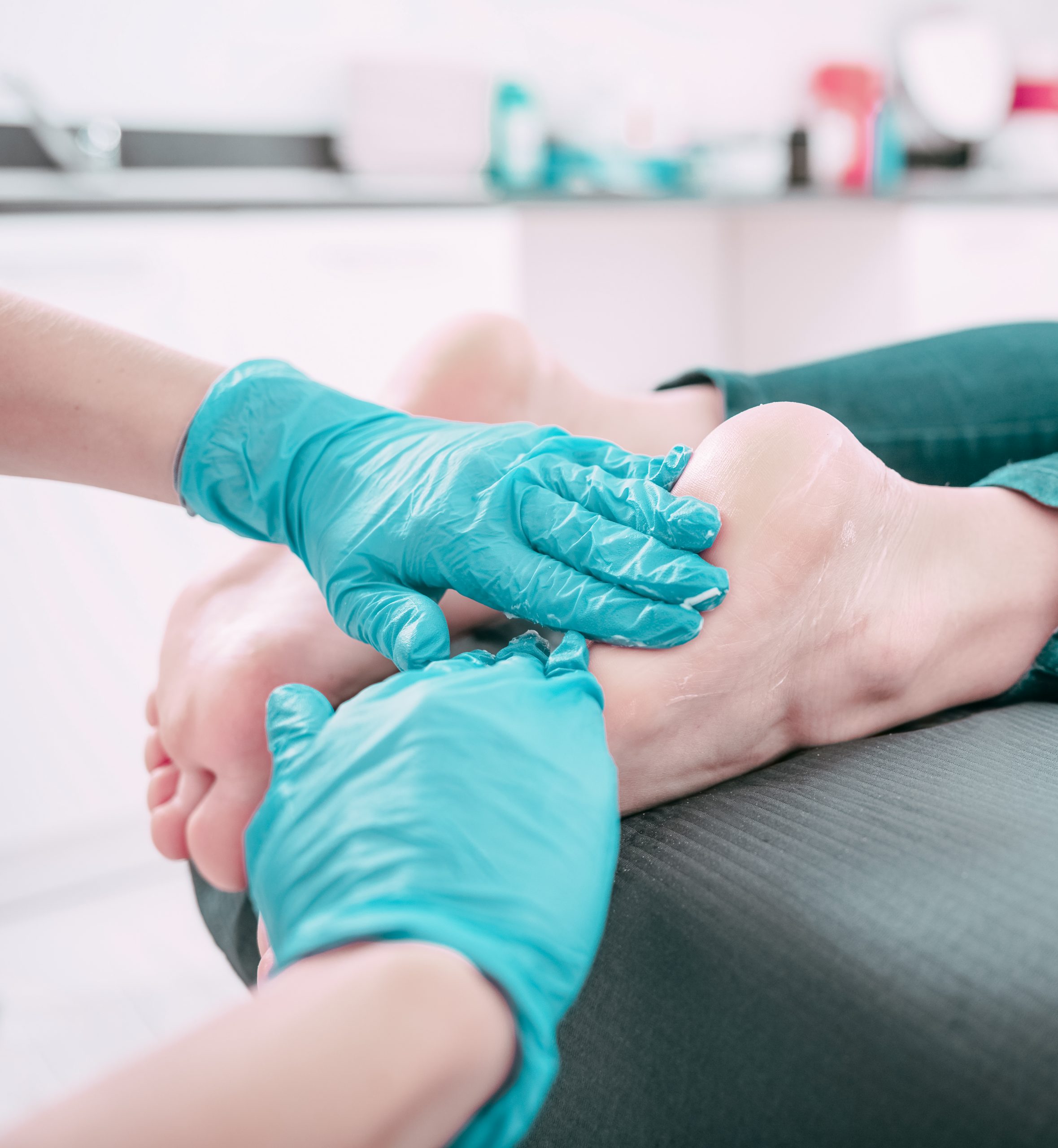Podiatry
WHAT IS PODIATRY?
Podiatry is a branch of medicine that aims to study, diagnose and treat diseases and disorders that affect the foot.
In addition, our team specializes in POSTUROLOGY, offering a comprehensive foot treatment with a global focus on body and posture.
At Clínica Eupnea Palamós, our podiatry team offers different services, such as those you can see below.
Are you looking for a podiatrist in Palamós? Get in touch with us!

DIAGNOSTIC STUDIES AT CLINIC EUPNEA PALAMÓS
- Biomechanical study of the footprint : The biomechanical study of the footprint is the set of diagnostic tests carried out by a specialist in podiatry in order to identify or prevent possible foot pathologies and injuries.
- Chiropody : It is a podiatric treatment that is responsible for removing, among others: ingrown nails, calluses, fungi on the skin and nails, warts… in order to prevent these injuries from becoming more serious.
- Personalized and custom-made insoles : They are applied to patients with functional disorders in the lower extremities such as metatarsalgia, calcaneal spur, fasciitis, diabetic foot, foot disorders in children, etc.
- Children’s podiatry : Treats structural or functional alterations and defects in children’s feet. to avoid future problems or complications.
- Podiatry Diabetic Foot : Some diabetic people can develop chronic vascular and neuropathic complications that can have consequences such as ulcers or foot symptoms.

When should I visit a podiatrist?
You should visit a podiatrist if you experience foot pain, changes in your nails, calluses, infections, difficulty walking, or any other foot-related issue. It’s also advisable for individuals with diabetes, as they are more prone to foot problems.
What is flat foot and how is it treated?
Flat foot is a condition in which the arch of the foot is lower than normal or absent. Treatments may include exercises to strengthen foot muscles, orthopedic inserts, and in severe cases, surgery. Consult your podiatrist for an assessment and specific recommendations.
How can I prevent blisters on my feet?
To prevent blisters, wear proper, comfortable footwear, ensure your feet stay dry, use socks made of breathable materials, and avoid new or tight shoes for prolonged periods. If blisters occur, keep them clean and avoid popping them to prevent infections.
What are toenail fungi and how are they treated?
Toenail fungi (onychomycosis) are infections that cause nails to become thick, discolored, and brittle. Treatment may include topical or oral antifungal medications, and in severe cases, removal of the affected nail. Consult your podiatrist for proper diagnosis and treatment.
What is plantar fasciitis and how is it treated?
Plantar fasciitis is inflammation of the plantar fascia, a band of tissue running along the bottom of the foot. Symptoms include heel pain, especially in the morning. Treatment may include stretching, orthotic inserts, physiotherapy, and in some cases, corticosteroid injections or surgery.
How can ingrown toenails be treated?
Ingrown toenails can be treated by keeping nails trimmed straight and not too short, wearing comfortable footwear, and avoiding pressure on the toes. If the condition is painful or recurrent, consult your podiatrist, who may perform a procedure to remove the ingrown portion of the nail.
What is a heel spur and how is it treated?
A heel spur is a bony projection that develops on the heel. It can cause pain while walking or standing. Treatment may include the use of heel pads, stretching, physiotherapy, and in severe cases, corticosteroid injections or surgery. Consult your podiatrist for an assessment and specific recommendations.